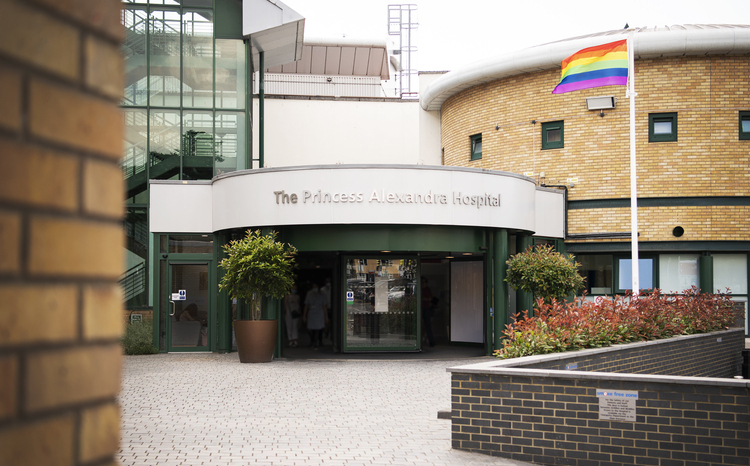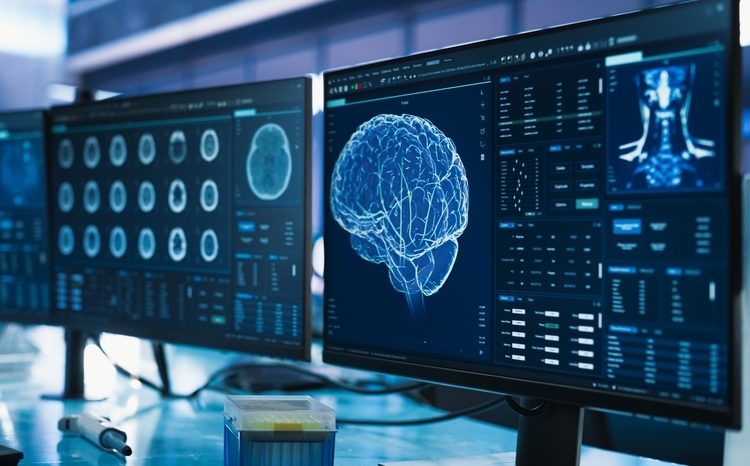EU sets e-health map for 2009
- 13 January 2009
 |
| Ilias Iakovidis |
Ilias Iakovidis and Michael Palmer, of the European Commission’s ICT for health unit, tell E-Health Europe’s Outi Alapekkala how e-health will develop in 2009 and far beyond.
The main aim of the European Commission’s ICT for health unit (DG Information Society and Media) is to fund research projects on health IT, its work has evolved towards ambitious policy planning in order to ensure coherence of its research funding. E-Health Europe asked the unit about its plans for the coming year.
“In 2009 our priorities are interoperability and telemedicine,” Ilias Iakovidis, the deputy head of unit, told E-Health Europe. However, these are far from being one-year plans, he said.
Iakovidis said interoperability, which has been under development for the last 15 years, and telemedicine is set to occupy the scene at least the coming five years.
Telemedicine – proving the case, brining legal clarity
Following the Commission’s November 2008 communication on telemedicine, the main aim of the ICT for health unit is to keep momentum building on developing a solid legal framework for telemedicine in Europe.
The ICT for health unit’s policy officer Michael Palmer, explained the first step will be to establish an in-house Commission task force to bring together the directorates in charge of information society, health, internal market, enterprise, employment and social affairs and justice, freedom and security to provide clarity on the legal framework for telemedicine.
The unit will also fund the establishment of a comprehensive virtual clinical trial on telemedicine in order to help the sector “prove its case” in a similar way to pharmaceutical trials.
“Industry stakeholders cannot afford large-scale telemonitoring trials and local trials are not of a level of magnitude that they would result in making the politicians move,” said Iakovidis.
To help establish large scale trials the Commission is lending a hand to eight regions and pull their trial data into one set to provide “proof beyond any doubt” of the impact of these services. The results will hopefully be sufficiently compelling to “stimulate large scale deployment beyond pilots”, said Iakovidis.
Each of the eight regions participating in the multi-centre trial will get €1m of funding, if they agree to work to a standard methodology for assessing the effectiveness of different telemedicine applications.
Interoperable EHRs, tougher than a mission to Mars?
Following the July 2008 Commission recommendation on the interoperability of electronic health records, the ICT for health unit is now working on standardisation on several fronts.
The recommendation “chopped the interoperability task into pieces”, said Iakovidis. It identified who should be in charge of what, and outlined clear roadmaps for politicians, managers, clinicians, and certification bodies on the way forward.
The most challenging part remains achieving the semantic interoperability of electronic health records (EHR). While technical things can always be solved, preserving the meaning of information when sending it from place A to place B is very difficult, he said. “And as that work can only be done by clinicians, it is high time we bring them on board.”
The interoperability recommendation is being implemented by epSOS, a €22m joint pilot by the Commission and 12 EU member states and industry players. By working on use cases and standardisation, the countries are expected to define, test and validate EHR sharing and e-prescription across borders.
E-health lead market initiative
In parallel, the eHealth lead market initiative, launched in January 2008, pursues its standardisation efforts. The European standardisation organisations CEN, CENELEC and ETSI have just finished their work on defining EHR standardisation needs and will now “ideally” be given a mandate to develop the identified standards.“They could deliver within two years,” said Palmer.
Meanwhile, Iakovidis said that even if all standards were there already in five years time he did not believe that complete implementation of comprehensive EHR systems "as we all understand it now" will happen before at least 15 years best case, and 30 in the worst case scenario.
“However, my bet is to be there before we go to Mars,” he predicted. “That gives us until around 2033, a year when the European Space Agency, Russia and the United States plan to conquer it.”
Iakovidis says that by then he would like all EU member states to have shareable EHR at least in their own countries, “ideally” allowing also pulling out of the information cross-border if needed.
One of the other areas the unit is investing in is building trust through certification. This is being carried out by funding certification work, through the EU Competitiveness and Innovation Programme and under the lead market initiative. EuroRec is leading a network of member states to define certification needs for quality and minimum requirements for services and systems.
“We need this, because currently it is ‘the Wild West’ regarding who uses open or closed systems and which standards,” says Iakovidis.
Personal health system targeted for investment
Personal health systems have become a priority area for R&D investment. “This year we will spend €100m in research. €65m for the personal health system projects, €30m for patient safety and €5m for international cooperation on virtual physiological human projects,” says Iakovidis.
R&D funding calls will be launched early January, closed in April and evaluated in May, with the aim to launch the projects by the end of 2009. In 2010, it will be the turn of VPH to get €65m.
Asked whether the size of project matters, Iakovidis said both big and small projects were needed. While big ones, often consensus-based, are a way to implement ideas that have already been developed, make companies move and governments take notice of developments, they are not the source of future innovation.
Iakovidis says “true innovation can never be result of a consensus and stems from smart individuals instead”.
E-health could be key to future growth
Commenting on the likely impact of the deteriorating European economy, Iakovidis and Palmer say the current economic crisis could offer a huge opportunity to invest in e-health to stimulate jobs and economic growth.
Major investments in e-health infrastructure like Géant-type wireless network between hospitals and linking patients through ADSL with telemedicine centres is “a type of investment that will pay off”, said Iakovidis. He predicts a surge of new businesses creating jobs and new services around such infrastructure.




